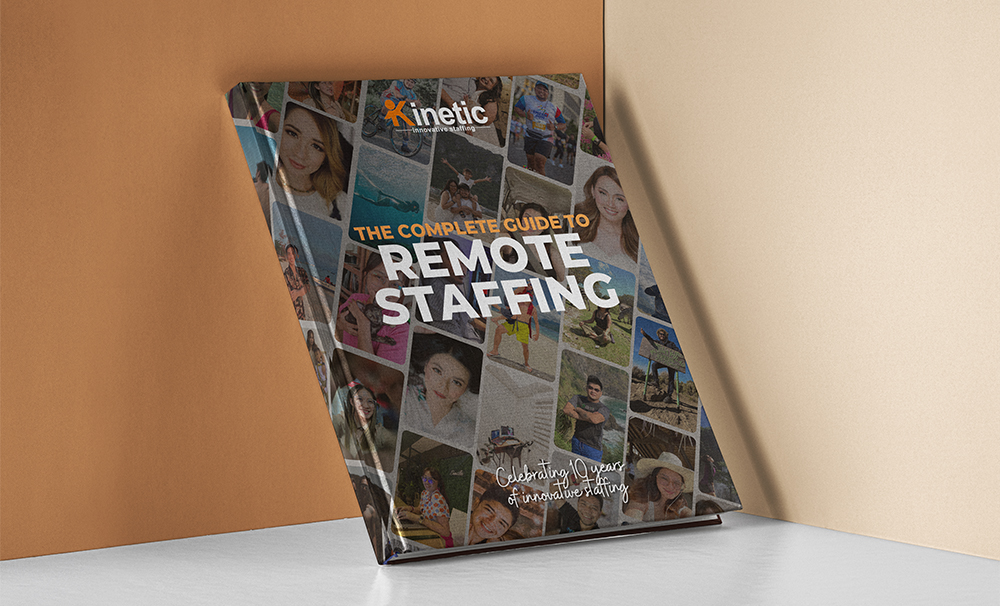Have you ever been inside a candy store, with all the sweet candy the world has to offer, but ended up not buying anything?
Or have you tried searching for something on Netflix, but ended up sleeping instead?
Have you faced a wall full of the latest sneakers and couldn’t make up your mind?
How much business do you think is lost through people who couldn’t make up their minds? I mean these people already want to buy, and they have money to burn. The only remaining hurdle is choosing which one to carry with them to the checkout. And yet, for all that’s on offer, they end up coming out of the store (or website) with nothing.
What a waste of advertising and marketing dollars (whetting customers’ appetites)…only to lose the sale at the very end.
At some point, all the choices offered become a burden. So instead of being delighted at the prospect of buying, customers are overwhelmed by the decision.
So here in this post, we talk about how you can simplify your offers so that your customers and clients can breeze past the checkout and start enjoying your services and products.
Customers love simplicity
According to the Simplicity Index created by Siegel+Gale, simplicity begets loyalty, growth and more sales.
- 55% are willing to pay more for simplicity.
- 64% will recommend a brand because of its easy experience.
- the simplest brands outperformed the market by 686%.
Customers love simplicity, and businesses better take notice. In a famous study by Iyengar and Lepper, people were 10 times more likely to purchase a jar of jam from an in-store display after their options dropped from 24 to 6.
Too many options can be overwhelming. Customers get paralysed by the decision. And when they do decide, they are less confident of it. They’re less satisfied with the product and are likely to experience “buyer’s remorse,” wishing they should have picked a different option.
Customers love simplicity—just enough options with meaningful differences between them.
Did you notice that when people think of the “good old days,” they don’t mention how awful those times were? They think of how simple things were.
Simplicity is not a competitive edge. It’s a basic requisite for survival in the market. In this day and age of overwhelming complexity, a business that can stay simple will stand out.
How To Simplify Your Business?
#1 Kill Your “Babies”
You may love your products equally, but the buying public rarely shares that opinion. We’ve known, even before the late 1800s, (when Pareto published his famous 80/20 findings), that products and services have disproportionate contributions to a business.
The traditional view is that 20% of the products pull 80% of the business. But that could be wrong. The 80/20 split might even underestimate reality. It’s more like 90/10—which means only 10% of the products and services account for 90% of the profits.
This means that to be more efficient and to streamline your operations, you need to slowly close down on your least profitable products and services. I know that this would lead to you losing the profits on those products and services, but it will be more than offset by profits from your performing items once you focus your efforts on them.
Coming up with fewer offerings, simplifies the choice for your customers, whether you’re a candy store or a SAAS company.
#2 Preach to the choir
In the spirit of Pareto, you should also focus your efforts on those customers who are already bringing in the biggest profits. It will likely be the case that a great majority of a business’s profits will come from a small number of customers.
Put your efforts into serving these folks the best way you can. They can be your brand’s ambassadors, will give you free advertising, and are ultimately more effective in persuading others.
But beyond that, letting go of the hard sells or clients who take a considerable slice of the marketing budget but don’t deliver will free up so many resources, money, people, time, and creativity so these can be channeled to more optimized pursuits.
It is when brands chase all customer segments that products begin to proliferate and offerings start becoming complex and confusing. The confusion bleeds into the profitable segments and so instead of getting a bigger market share, the company flounders.
#3 Pick A Side
Apple is known for innovation.
Walmart is savings.
Volvo is known for safety.
Your business cannot be everything for everybody. That product does not exist. And if it does, I don’t think anybody will like it.
You have to pick a side. What will your business be all about? This will be the guiding thought for all your decisions.
You have to choose because often, the differences are poles apart. A soap brand, for example, cannot stand for both luxury and savings or be known as a sporty choice that supports an active lifestyle and has a delicate, feminine appeal.
If you shoot for all these, it will confuse your offering. And they will not survive the noise of the market. You will lose out to other brands that have painted sharper and more vivid products for themselves.
The business wanted to sell to all, it instead loses everybody…to businesses with clear branding.
#4 Streamline Your Operations
What happens at the back end echoes into your customer experience so if you want to simplify and streamline the customer experience, you should also streamline your own operations and supply chains.
Whatever you do at the backend, always have the customer in mind. For example, if you are designing a product, make sure that the features you place are what customers actually use. Otherwise, you run the risk of loading unneeded complexity into your product.
Perform process mapping so you can pinpoint and eliminate things like:
- bottlenecks
- waste
- overproduction
- overdesign
- unnecessary movement of products
- legacy practices/ force-of-habit procedures
In essence, adopting a lean operation where every move, every activity has a compelling reason.
The simplicity you adopt on the production floor will be reflected in the products you release and will be felt by the client or customer.
#5 Use Tech
Technology has insinuated itself into every facet of business—from production to customer service. Use it to simplify, streamline, standardise, and systematise the business.
Certainly don’t do tech for the sake of getting on with the times. (Sometimes, they can be a source of complexity and overwhelm.)
But technologies have proven to make businesses:
- more efficient
- better at targeting customers
- more accurate at record keeping
- able to scale rapidly
- reducing production errors
- sharper at ideation and creativity
- cost-effective
The whole lot!
There are plenty of technology touchpoints that businesses can exploit.
For example, manually taking inventory can prove to be time-consuming and inaccurate. This can be easily remedied by something like inventory management software.
There are technological solutions to practically all of your business pain points. Use them to simplify things.
#6 Know Your Customer
When a company throws 300 different designs for essentially the same product, it tells me one thing. They don’t really know their customer. They’re throwing everything at the wall to see what sticks.
You can get to know your customer by:
- looking at sales data
- engaging with customers on social media
- conducting market research
- conducting focused groups
- taking surveys
- doing interviews
- studying competitors
- A/B Testing
- studying customer service data
- mapping customer journeys
- tracking email metrics
- tracking referrals
If you’ve done your job, and know your customer inside out, you will have the confidence of betting on the product that you release. That takes a lot of feedback and market research, which a lot of companies only pay lip service to.
Worse, when you don’t know your customer, you don’t really know yourself. The company doesn’t know what it stands for.
“What the heck are we in the business for?”
Sure, they want to be good at what they do…but they’re just not clear on what “that” is.
Know your customer, so that you can focus all your efforts and energies on blowing his socks off.
With these simplifications:
#1Decreasing the number of products
#2 Prioritizing a customer segment
#3 Making consistent branding choices
#4 Streamlining your operations
#5 Utilizing available tech
#6 Knowing your customer
Your business can offer an experience customers will love.
The world is full of noise and complexity, and the business that provides the simplest offerings will stand out.
The marketing team is front-and-center in all of the actions described above. And the quality of its marketing people will have a direct impact on profitability.
Kinetic Innovative Staffing, as a provider of remote professionals, understands how important highly skilled marketers are for a business. Our calling is to help businesses, big and small, find remote workers that increase the profitability of a business.
Kinetic has a vetted list of Rockstar Marketing Professionals that can help connect your products and services to customers. (You can browse this list right now, simply tell us where to send it.)
Hiring remote workers offers a number of advantages—not the least of which is the savings on labour costs these companies enjoy. On average, our clients save 70% on their labour costs…every month.
If this sound like something you’d like to explore, or if you have any questions, please contact us and we’ll help you get sorted.
Kinetic Innovative Staffing has been providing hundreds of companies in the Asia Pacific, North America, the Middle East, and Europe with professionals working remotely from the Philippines since 2013. Get in touch to know more.




